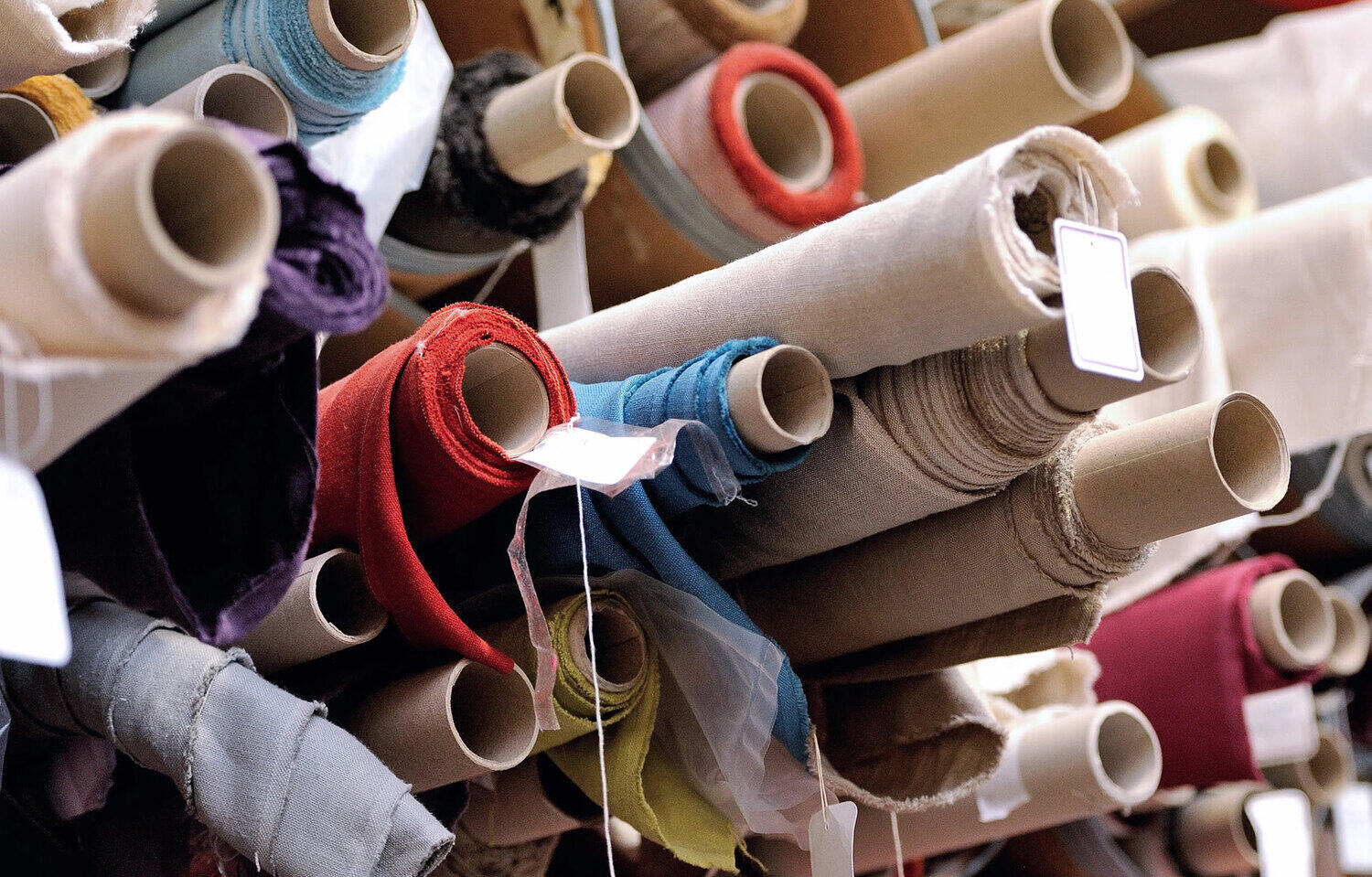

Articles
How To Store Fabric Rolls
Modified: May 6, 2024
Learn the best techniques for storing fabric rolls in this comprehensive guide. Discover how to keep your articles neat, organized, and protected for easy access.
(Many of the links in this article redirect to a specific reviewed product. Your purchase of these products through affiliate links helps to generate commission for Storables.com, at no extra cost. Learn more)
Introduction
When it comes to storing fabric rolls, it’s essential to keep them in a way that preserves their quality and makes them easily accessible. Whether you’re a sewing enthusiast or a professional seamstress, having an organized and efficient fabric storage system can save you time, money, and frustration in the long run.
In this article, we will guide you through the process of storing fabric rolls effectively. From selecting the ideal storage space to preparing and folding your fabric rolls, we will provide you with valuable tips and techniques to keep your fabric collection in pristine condition.
By following the strategies and suggestions outlined here, you can ensure that your fabric rolls remain neatly stored, protected from damage, and ready to use whenever inspiration strikes.
So, let’s dive in and discover the secrets to storing fabric rolls like a pro!
Key Takeaways:
- Properly storing fabric rolls involves selecting a suitable space, preparing and folding the fabric, and implementing effective storage techniques. This ensures easy access, preservation of quality, and seamless sewing experiences.
- Organizing fabric rolls by project, color, and size, along with regular inspection and inventory maintenance, streamlines the sewing process and sparks creativity. Utilize wall storage and storage containers for efficient organization.
Read more: How To Store Summer Rolls
Selecting the Storage Space
Choosing the right storage space for your fabric rolls is crucial in maintaining their quality and accessibility. Here are some factors to consider when selecting the ideal location:
- Space Availability: Look for an area in your home or workspace that has enough space to accommodate your fabric rolls comfortably. Consider the overall size and quantity of your fabric collection and ensure that the storage area has enough room for expansion if needed.
- Climate Control: Fabrics are sensitive to environmental conditions such as temperature and humidity. It is essential to store them in a space with stable and controlled climate conditions. Avoid areas that are prone to extreme temperature fluctuations, high humidity, or direct sunlight, as these can degrade the quality of your fabrics over time.
- Lighting: Adequate lighting is essential when working with fabrics. Choose a space that has ample natural or artificial light to make it easier to identify and select fabric rolls.
- Accessibility: Consider how easily you can access your fabric rolls. If possible, designate a space that is easily accessible and allows you to quickly find and retrieve the fabric you need without hassle.
- Cleanliness: Ensure that the storage space is clean and free from any dirt or dust that may damage or stain the fabric. Regularly clean the area and keep it well-maintained to preserve the quality of your fabric.
By carefully considering these factors, you can choose a storage space that meets your needs while providing the optimal conditions to preserve and protect your fabric rolls.
Preparing the Fabric Rolls
Before storing your fabric rolls, it is essential to properly prepare them to ensure they remain in excellent condition. Here are some steps to follow:
- Inspect the Fabric: Before storing, thoroughly inspect each fabric roll for any stains, tears, or signs of damage. Address any issues before storing, as storing damaged fabrics can worsen the condition over time.
- Clean if Necessary: If you notice any dirt or stains on your fabric rolls, it’s best to clean them before storage. Follow the care instructions on the fabric label or consult a professional cleaner for guidance on appropriate cleaning methods.
- Iron or Press: Remove any wrinkles or creases from the fabric by ironing or pressing it. This step will help keep the fabric rolls neat and prevent the formation of permanent folds or wrinkles during storage.
- Remove Adornments: If your fabric rolls have any decorative elements such as buttons, zippers, or appliques, consider removing them before storage. These adornments can snag or damage the fabric if not properly protected.
- Label the Fabric: To make it easier to identify specific fabrics later on, it’s helpful to label each fabric roll. You can use tags, sticky notes, or even colored ribbons to indicate the type of fabric, color, or any other relevant information.
- Consider Protection: Depending on the fabric type and its vulnerability to dust or insects, you may want to consider adding protective measures. For example, placing acid-free tissue paper between fabric layers can help prevent color transfer. Covering the rolls with fabric covers or plastic wrap can also protect them from dust.
By taking the time to properly prepare your fabric rolls, you can ensure that they stay in optimal condition and are ready to use when you need them.
Folding and Wrapping Techniques
The way you fold and wrap your fabric rolls can significantly impact their storage and longevity. Follow these techniques to ensure your fabric rolls are neatly folded and wrapped:
- Fold Accurately: Start by laying your fabric roll on a clean and flat surface. Fold it in half lengthwise, aligning the selvedges or finished edges. Smooth out any wrinkles or creases as you fold.
- Roll for Efficiency: Rolling fabric rolls instead of folding them can maximize storage space and reduce the chances of wrinkles. Begin by folding the fabric in half lengthwise. Then roll it tightly from one end to the other. Secure the roll with a fabric tie or piece of ribbon.
- Use Acid-Free Tissue Paper: For delicate or lightweight fabrics, consider placing acid-free tissue paper between the layers to prevent creasing and protect against color transfer. Use a large sheet of tissue paper and tuck it into the folded or rolled fabric.
- Add Protective Covers: To further safeguard your fabric rolls, consider using fabric covers or plastic wrap. Fabric covers made of breathable materials, such as cotton or muslin, help protect against dust and allow for proper air circulation. Plastic wrap can offer additional protection from moisture and pests.
- Take Care with Large Prints: If you’re dealing with fabrics featuring large prints or patterns, take extra care when folding or rolling them. Aim to preserve the design as much as possible by aligning the folds or rolls with the pattern or by gently rolling the fabric, keeping the pattern on the outside.
Remember to handle your fabric rolls with care during the folding and wrapping process to avoid unnecessary stretching, snags, or tears. By following these techniques, you can ensure your fabric rolls are stored in an organized and protected manner.
Store fabric rolls in a cool, dry place away from direct sunlight to prevent fading and damage. Keep them off the ground to avoid moisture and pests. Use acid-free tissue paper to wrap the rolls for added protection.
Storing Fabric Rolls
Once you have prepared and folded your fabric rolls, it’s time to store them properly. Here are some tips to keep in mind:
- Vertical Storage: Store your fabric rolls vertically whenever possible. This method prevents excessive pressure on the rolls and minimizes the risk of creases and wrinkles. Use bookshelves, cabinets, or specially designed storage units with vertical compartments to keep the rolls upright.
- Avoid Overcrowding: Avoid cramming too many fabric rolls into one storage space. Overcrowding can lead to unnecessary crushing, wrinkles, and difficulties in finding the fabric you need. Leave enough room for each roll to breathe and be easily accessible.
- Separate by Type: Consider organizing your fabric rolls by type or color for easy identification and retrieval. You can divide them into different sections or use dividers within the storage space to keep everything organized.
- Rotate Your Collection: To prevent fabric rolls from sitting in storage for too long and becoming forgotten, periodically rotate your collection. Bring older fabrics to the front and use them in your projects before reaching for the newer additions.
- Regularly Inspect: Make it a habit to inspect your fabric rolls periodically. Check for any signs of damage, pests, or moisture. Promptly address any issues to prevent further damage to your precious fabric collection.
- Keep a Fabric Inventory: Consider maintaining a fabric inventory list or using a digital organization system to keep track of your fabric rolls. This can help you easily find and identify specific fabrics when planning your projects.
By implementing these storage techniques, you can ensure that your fabric rolls are well-maintained, easily accessible, and protected from damage.
Read more: How To Store Cinnabon Rolls
Tips for Organizing Fabric Rolls
Keeping your fabric rolls organized not only allows for easy access but also helps inspire creativity and streamline your sewing projects. Here are some tips to help you effectively organize your fabric rolls:
- Categorize by Project or Purpose: Group fabric rolls based on their intended use or project. For example, you can create categories such as quilting fabrics, garment fabrics, or upholstery fabrics. This will make it easier to locate the specific fabric you need for a particular project.
- Color Code: Assign a color system to your fabric rolls for quick visual identification. You can use colored ribbons or tags to indicate different colors or color families. This method makes it convenient to quickly find the right color fabric without having to unroll or open each roll.
- Utilize Storage Containers or Bins: Consider using storage containers or bins to keep your fabric rolls neatly organized. Choose containers that are the appropriate size to accommodate your rolls and that fit well in your storage space. Label each container to indicate the fabric type or category it contains.
- Arrange by Size: If you have fabric rolls of varying widths or lengths, consider organizing them by size. Place shorter rolls in one section and longer rolls in another. This arrangement will make it easier to find the right size of fabric for your project.
- Create a Sample Reference: Cut small swatches from each fabric roll and attach them to a fabric reference card or board. This reference will help you visualize and compare different fabrics without having to unroll or open each roll.
- Utilize Wall Storage: If space allows, consider hanging fabric rolls on a wall-mounted rod or rack. This method not only keeps your rolls visible and easily accessible but also serves as decorative wall art in your sewing area.
- Store Extra Notions with the Fabrics: If you have small notion items, such as buttons, zippers, or trims, that coordinate with specific fabric rolls, keep them together in a designated storage compartment. This will keep all the necessary elements conveniently grouped for future projects.
Experiment with different organizational methods to find the one that works best for your fabric collection and sewing style. The key is to establish a system that helps you quickly locate and utilize your fabric rolls for seamless sewing experiences.
Conclusion
Properly storing and organizing your fabric rolls is essential for preserving their quality, ensuring easy access, and maximizing your sewing inspiration and efficiency. By selecting the right storage space, preparing the fabric rolls correctly, and using effective folding and wrapping techniques, you can keep your fabric collection in excellent condition.
Remember to choose a storage space that provides the ideal climate control, sufficient lighting, and easy accessibility. Clean and inspect your fabric rolls before storage, using appropriate cleaning methods if necessary. Carefully fold or roll the fabric, and consider adding protective measures such as acid-free tissue paper or fabric covers.
When it comes to storing fabric rolls, vertical storage is recommended to prevent wrinkles and creases. Avoid overcrowding and consider organizing your rolls by type or color for easy identification. Regularly inspect your fabric collection, rotate the rolls, and keep a fabric inventory to stay organized and inspired.
By following these tips and techniques, you can ensure that your fabric rolls remain in optimal condition, easily accessible, and ready to use for your sewing projects. Enjoy the process of organizing and storing your fabric rolls, knowing that your collection is well-maintained and ready for your creative endeavors.
So, go ahead and create your perfect fabric storage system, and let your imagination soar as you embark on exciting sewing adventures!
Now that you've mastered the art of storing fabric rolls, perhaps you're curious about enhancing your storage setup even more. Our upcoming article on the best fabric storage options for 2024 is packed with insightful recommendations. Whether you have a small crafting nook or a large workshop, these top picks will help keep your materials orderly and accessible. Dive into our guide to discover innovative storage solutions that fit perfectly into any space.
Frequently Asked Questions about How To Store Fabric Rolls
Was this page helpful?
At Storables.com, we guarantee accurate and reliable information. Our content, validated by Expert Board Contributors, is crafted following stringent Editorial Policies. We're committed to providing you with well-researched, expert-backed insights for all your informational needs.
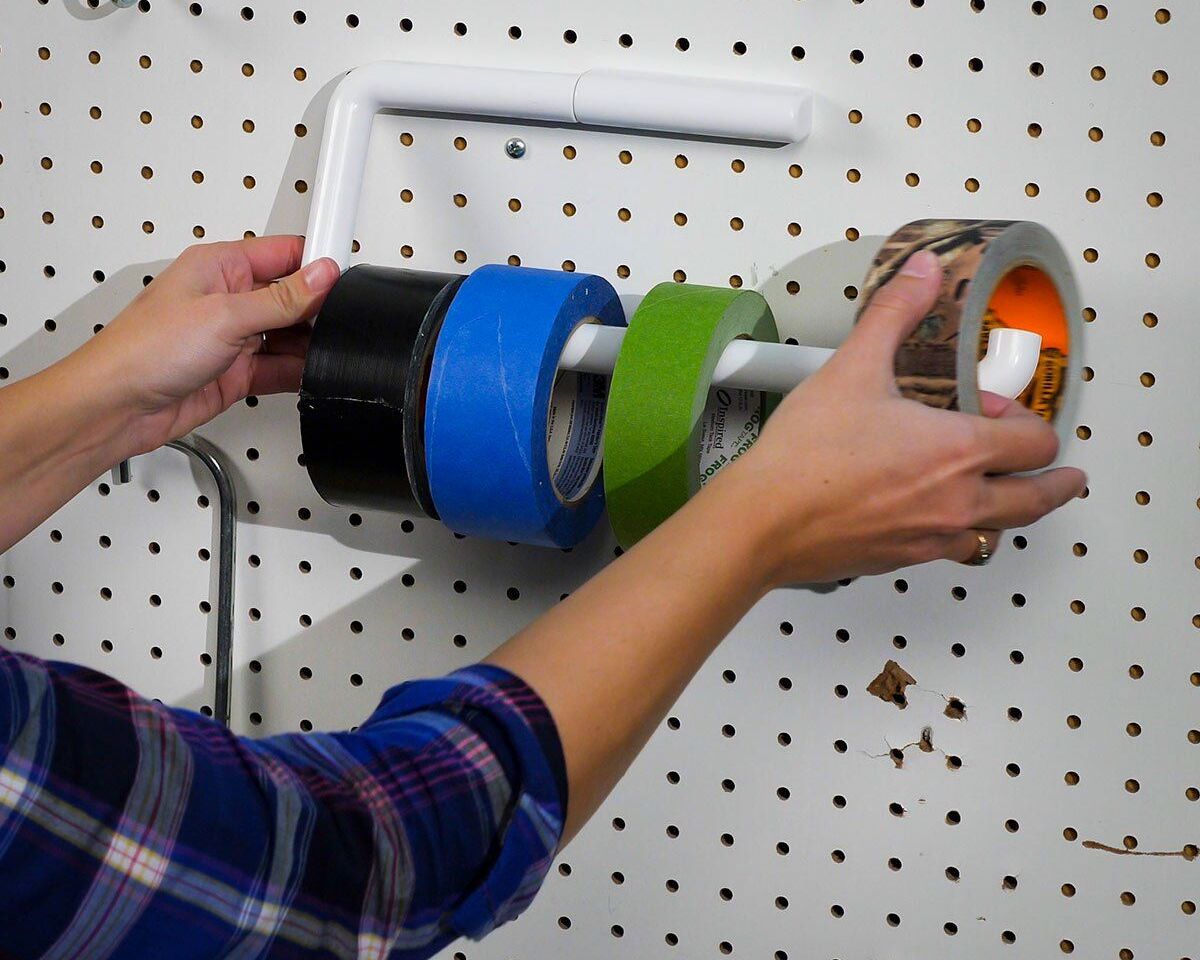
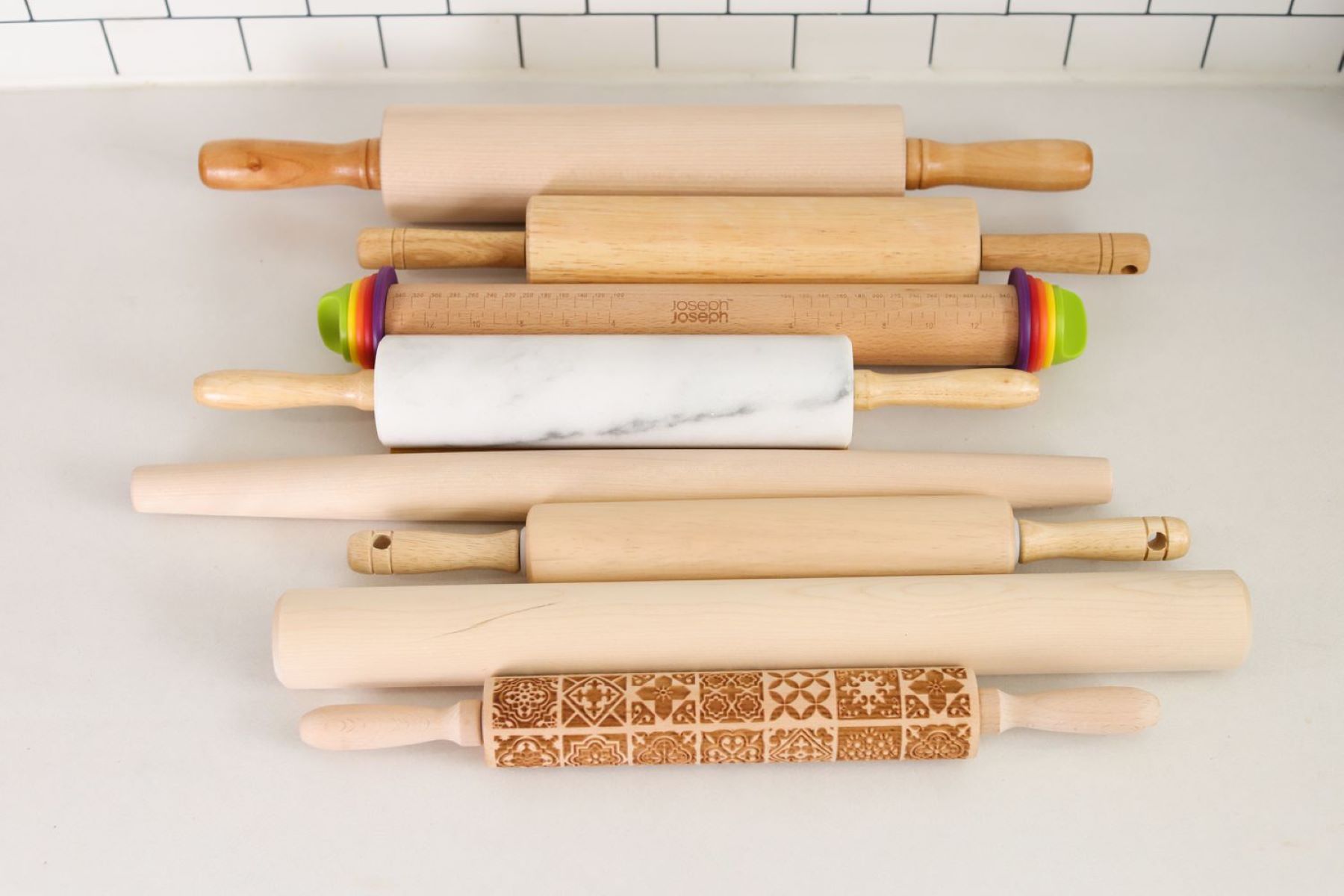

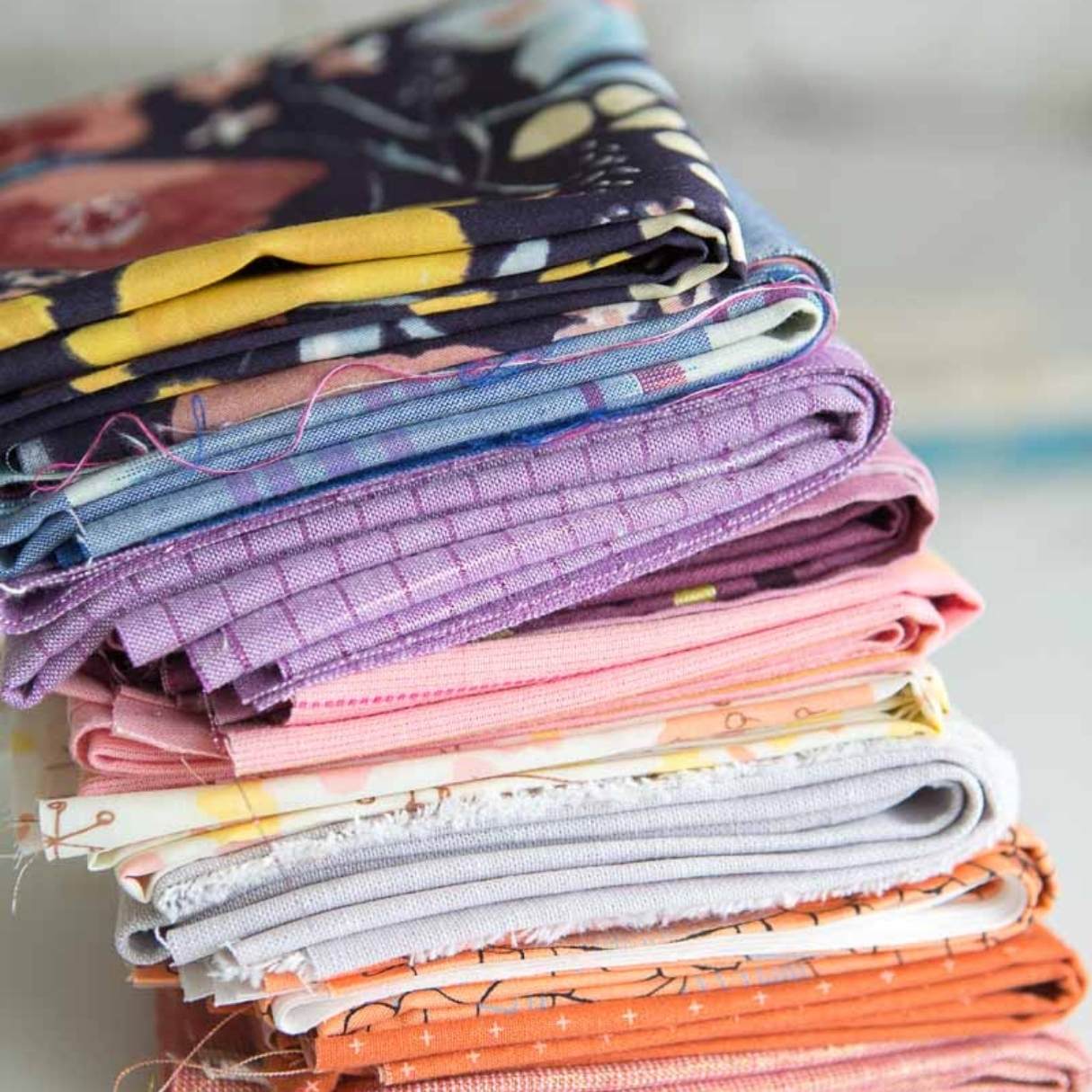

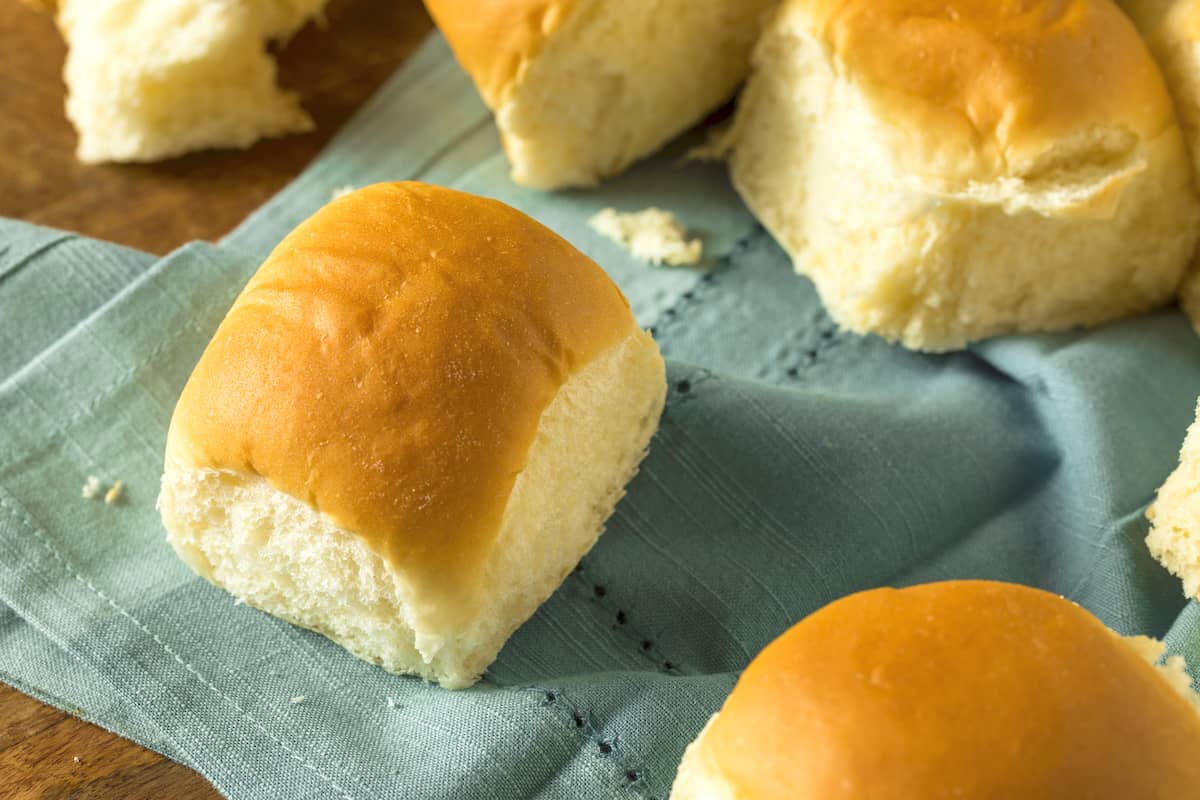
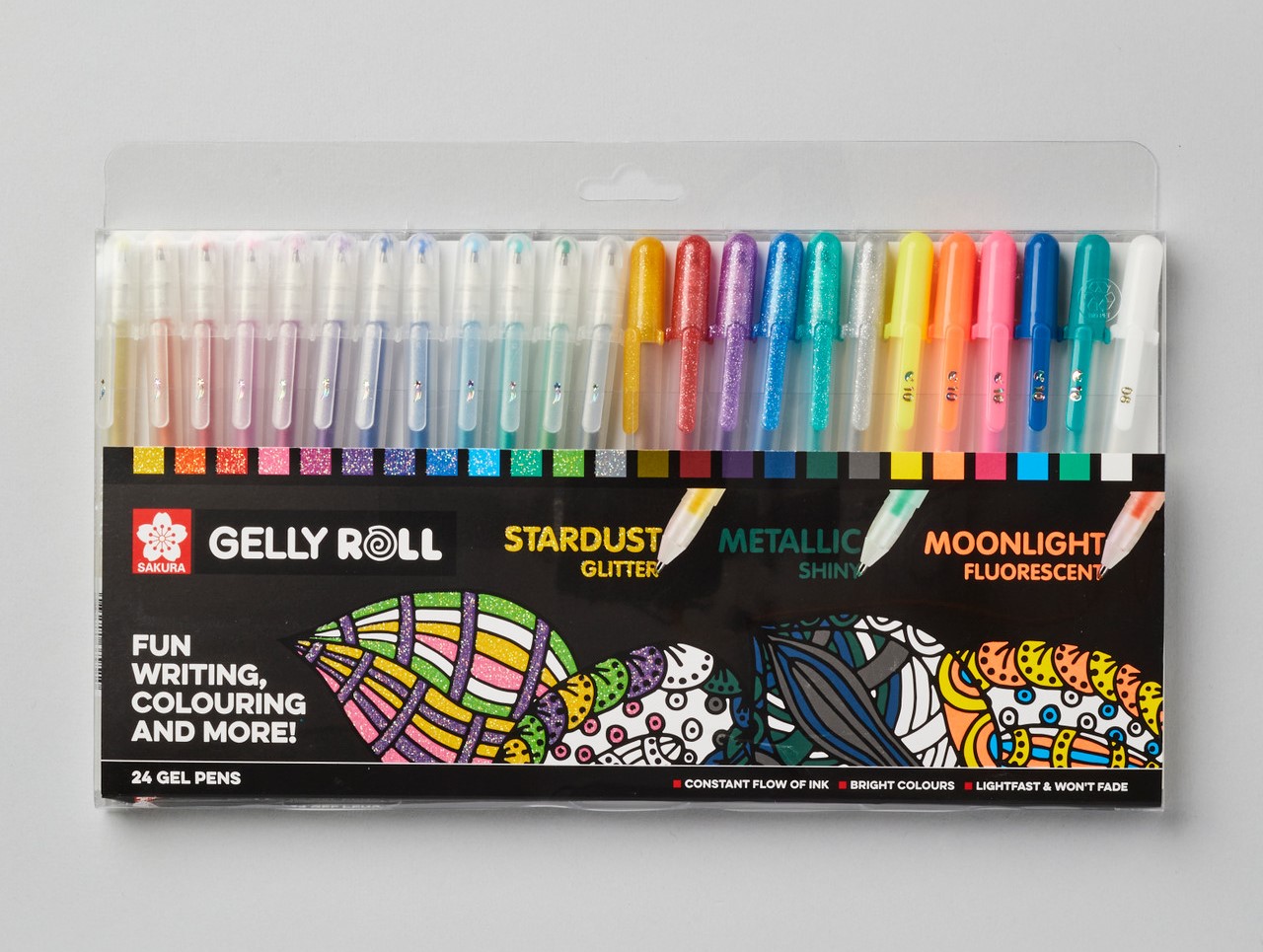

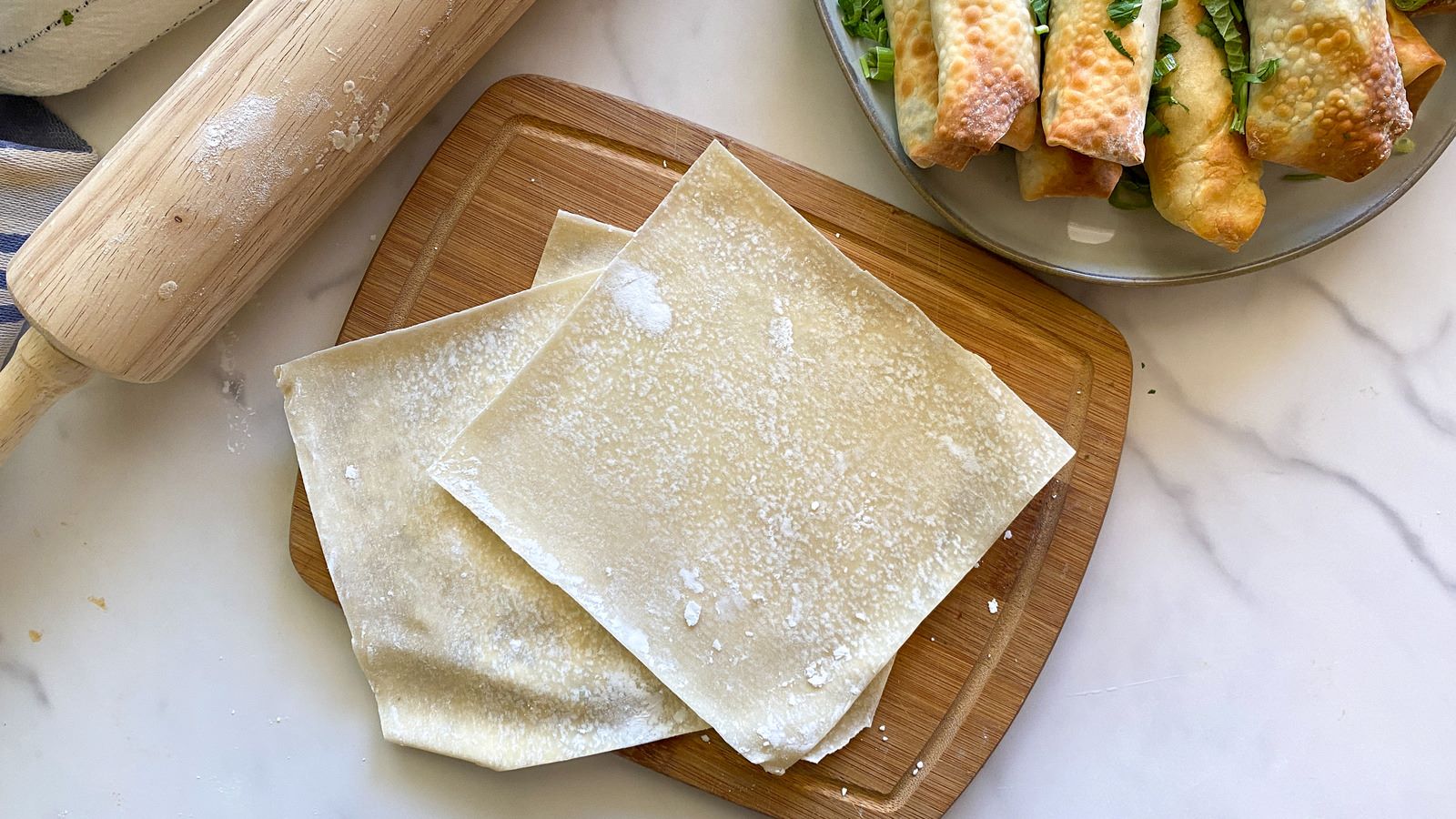






0 thoughts on “How To Store Fabric Rolls”